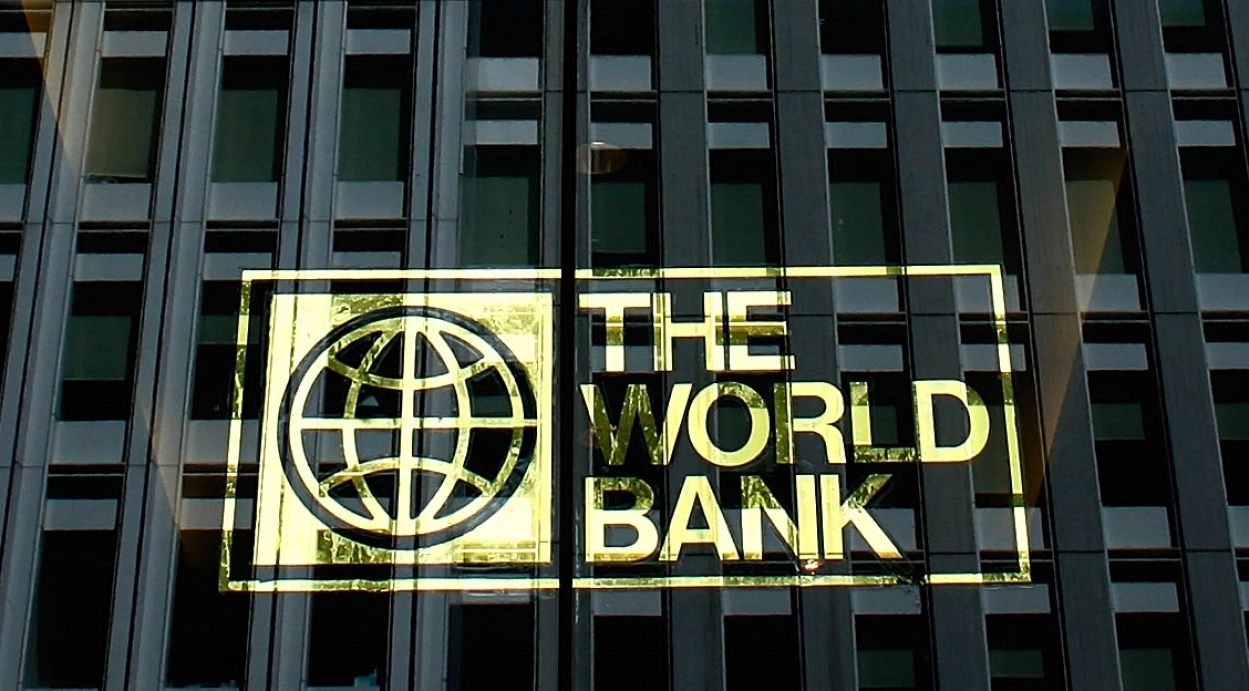Is Now the Time to Invest in Bitcoin?

Is Now the Time to Invest in Bitcoin?
Bitcoin is the most well-known cryptocurrency, having come a long way since its debut on the deep web in 2009. Its price has surged drastically since then, and now we are witnessing increasing institutional involvement in the crypto ecosystem. Cryptocurrency adoption has grown, and many traditional market players are stepping in, including through the recent launch of Bitcoin ETFs, which, despite a decrease in inflows this September, remain a success.
Over time, Bitcoin price has shown varying levels of short-term correlation with stock and bond markets, and it has been susceptible to monetary policies and various macroeconomic indicators. Early on, Bitcoin seemed unaffected by interest rates, but according to NYDIG, that has changed. As Bitcoin’s adoption and ownership among traditional market investors grew, its price has become more sensitive to factors like interest rates.
The importance of macroeconomic aspects in Bitcoin analysis is further confirmed by research from Austin Adams (Uniswap Labs), Markus Ibert (Copenhagen Business School), and Gordon Liao (Circle Internet Financial). Their findings show that Bitcoin’s returns are closely linked to “classic finance” factors, such as monetary policy and risk premiums, much like traditional assets (e.g., stocks and bonds).
To determine which factor had the greatest influence on Bitcoin’s returns in a given period, the researchers broke down its performance into three aspects: monetary policy, risk premium (the additional returns for holding a riskier asset), and the demand for cryptocurrency itself.
For example, during the 2020 rally, monetary policy contributed 50 percentage points to Bitcoin price growth. In contrast, tighter monetary policy in 2022 was responsible for a 50%-point decline, meaning Bitcoin’s performance would have been much stronger if the Fed had not implemented restrictive monetary policies that year.
Using this information, let’s attempt a medium- to long-term analysis of Bitcoin. Currently, Bitcoin is retesting its previous highs of around $60,000.
The recent U.S. Non-farm payroll data showed robust employment growth, exceeding all expectations, with unemployment down to 4.1%. The so-called “Sahm Rule” (a key recession indicator) that had alarmed markets during this summer’s sell-off due to weak employment data, has now returned to non-recessionary levels, though it is still too soon to say if the threat has been fully averted.
As we approach the FOMC meeting, scheduled just two days after the U.S. presidential election, the chances of another 50 basis points rate cut by the Fed have nearly disappeared. Instead, there remains an 80% chance of a smaller 25 basis point cut. Wage growth in the private sector has risen to 4%, signalling a heated up and potentially inflationary labor market. Attention should be paid to Thursday’s upcoming inflation data release.

A smaller rate cut and a slower pace of monetary easing could calm stock markets and Bitcoin. Nonetheless, the overall goal of reducing rates remains in place, though at a slower pace, due to the ongoing risk of a potential recession.
Therefore, this could be a good time to consider entering the Bitcoin market from a medium- to long-term perspective. However, it’s essential to stay aware of U.S. economic data and developments in China, which could shift the outlook.

Start Your Stock Market Journey Today!
Want to learn Stock Market trading and Investing? Make sure to check out exclusive Stock Market courses by FinGrad, the learning initiative by Trade Brains. You can enroll in FREE courses and webinars available on FinGrad today and get ahead in your trading career. Join now!!




